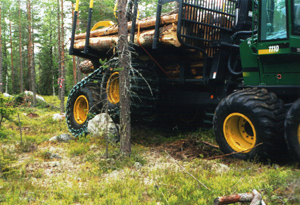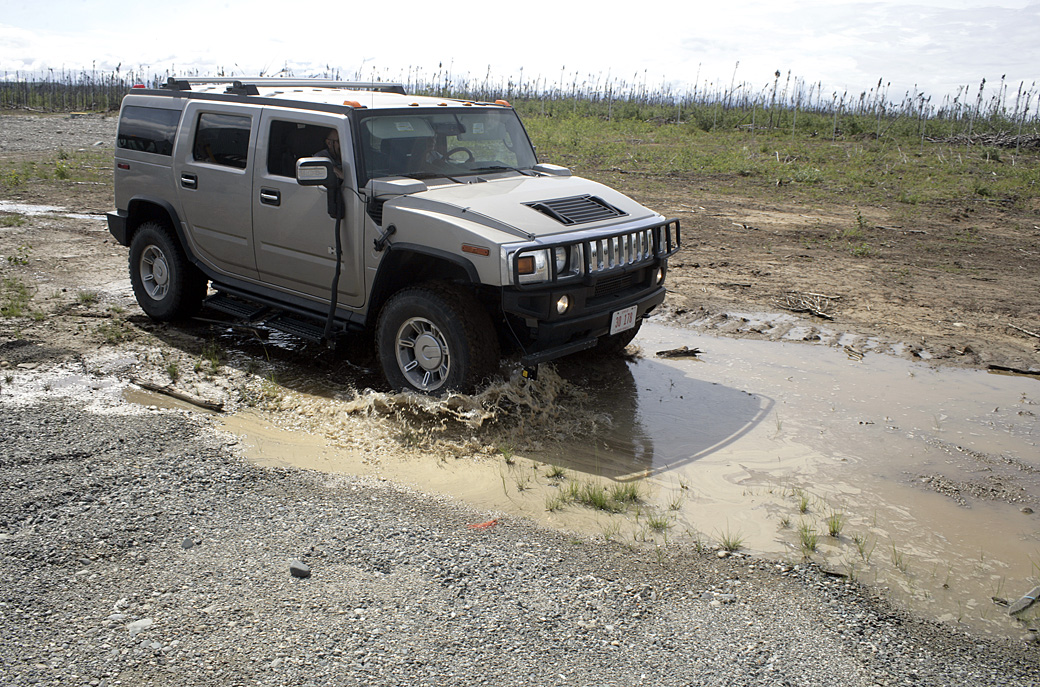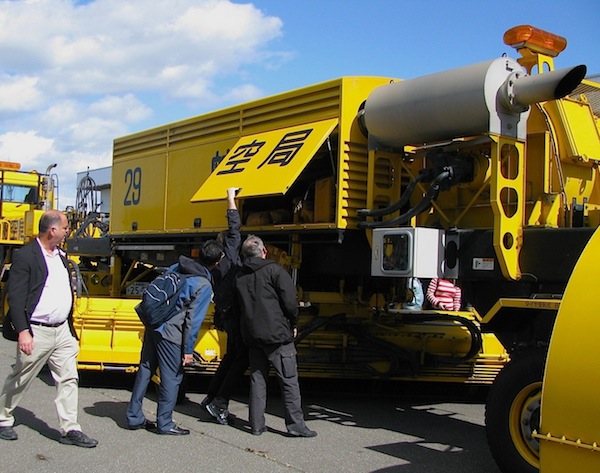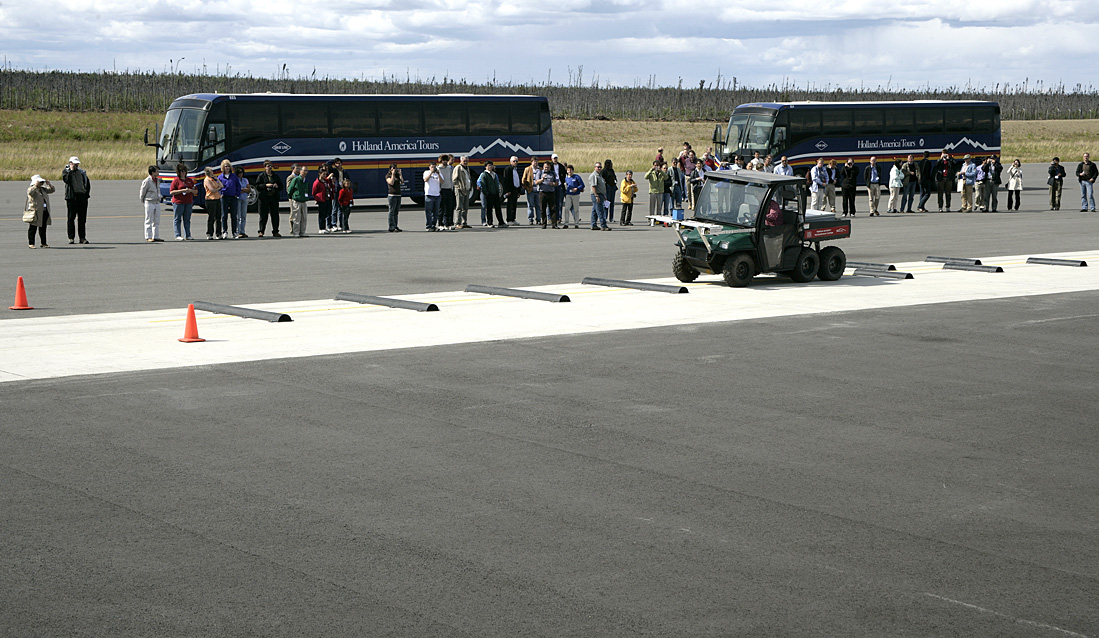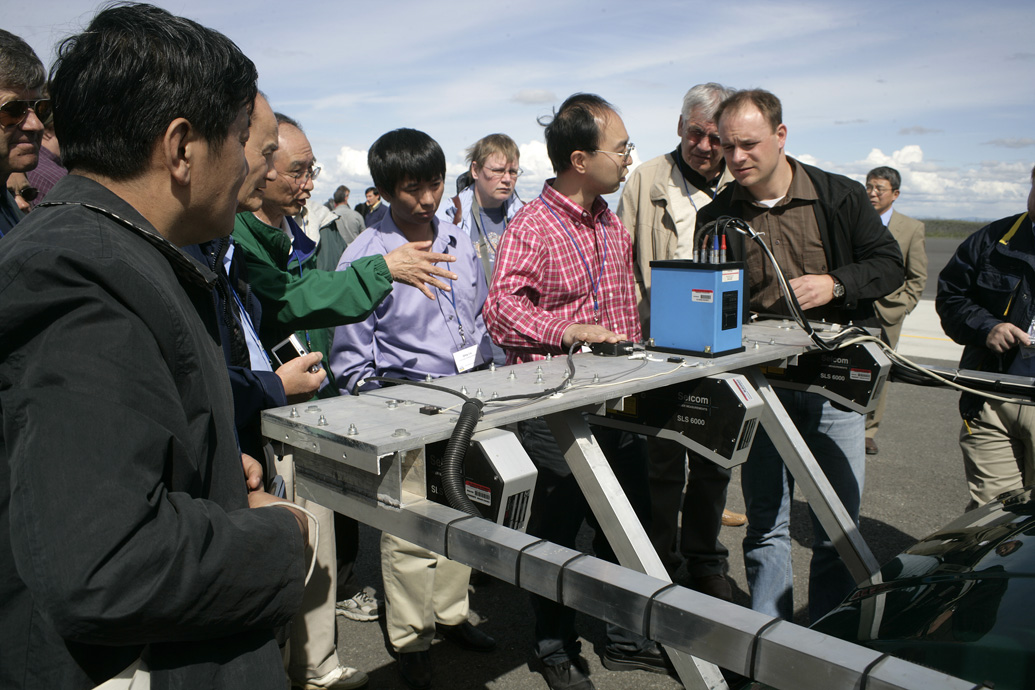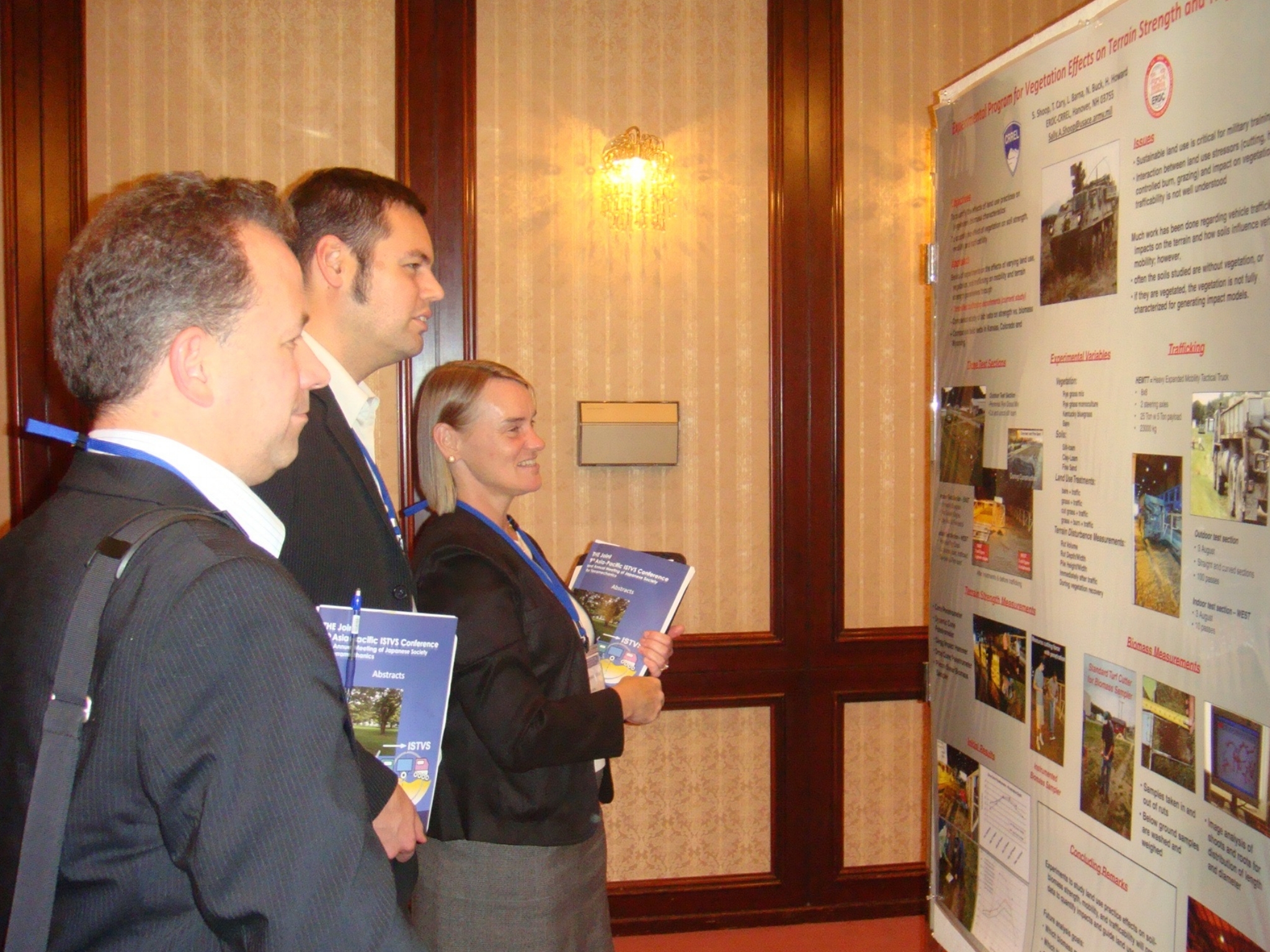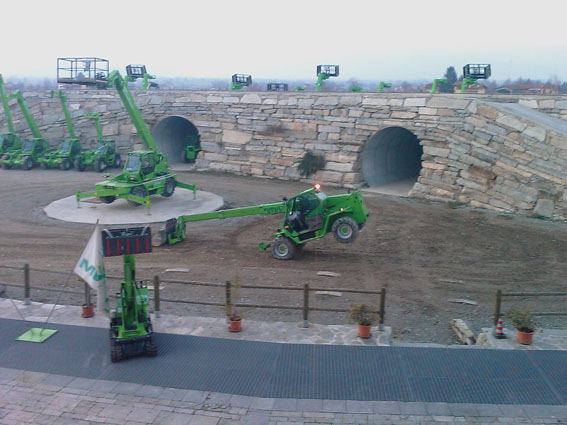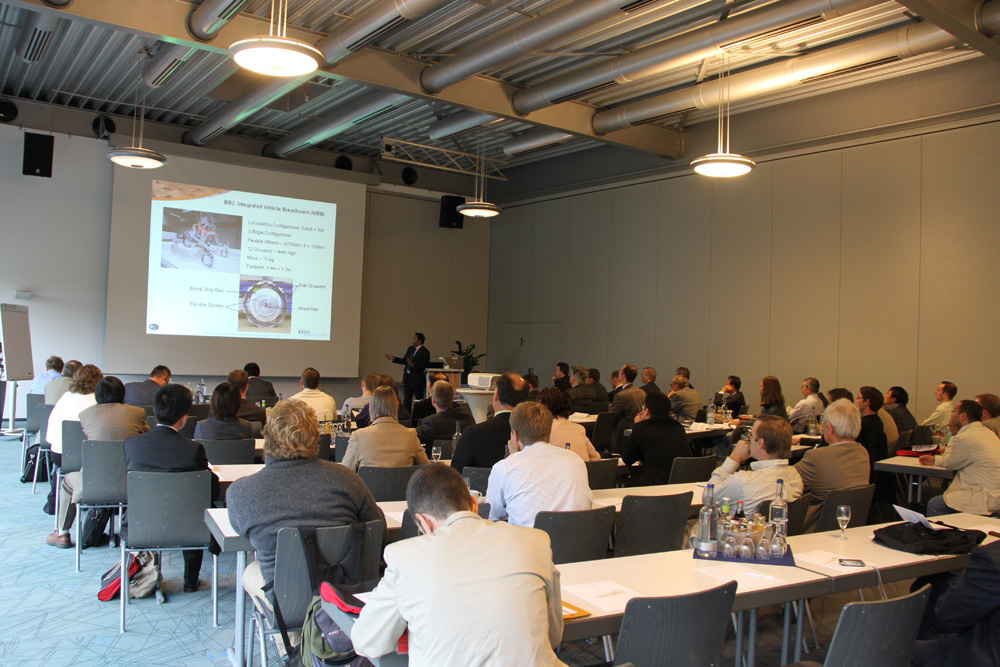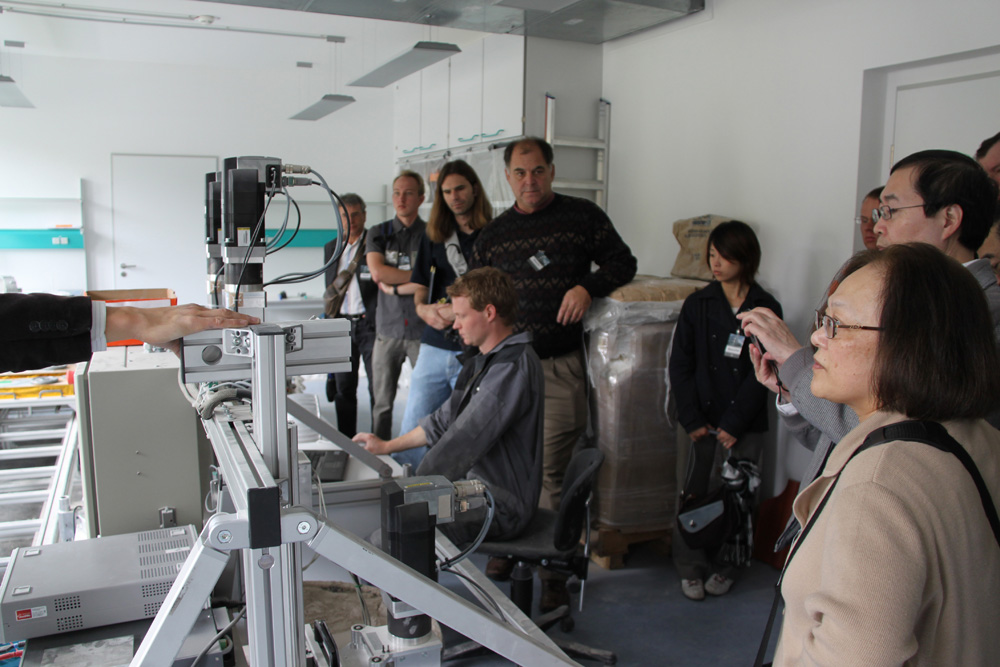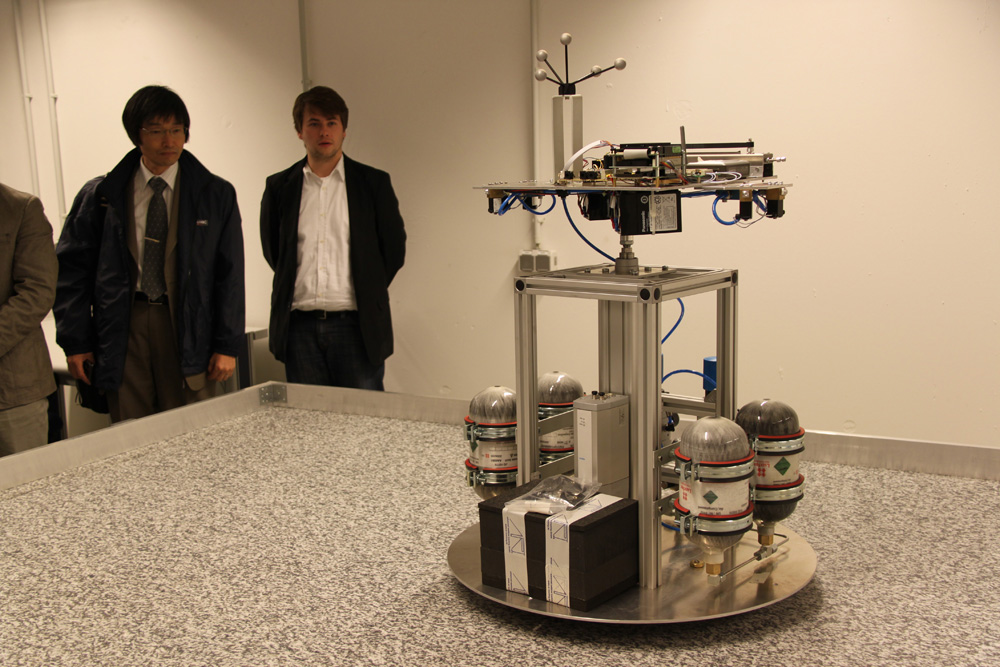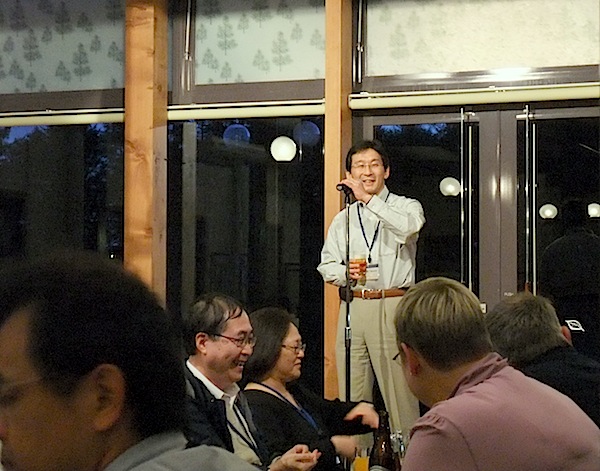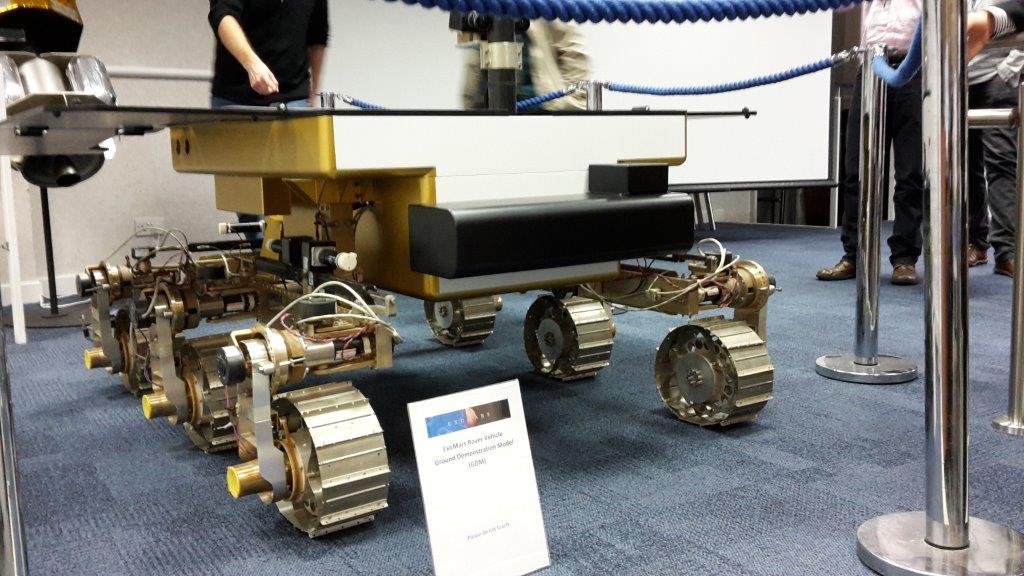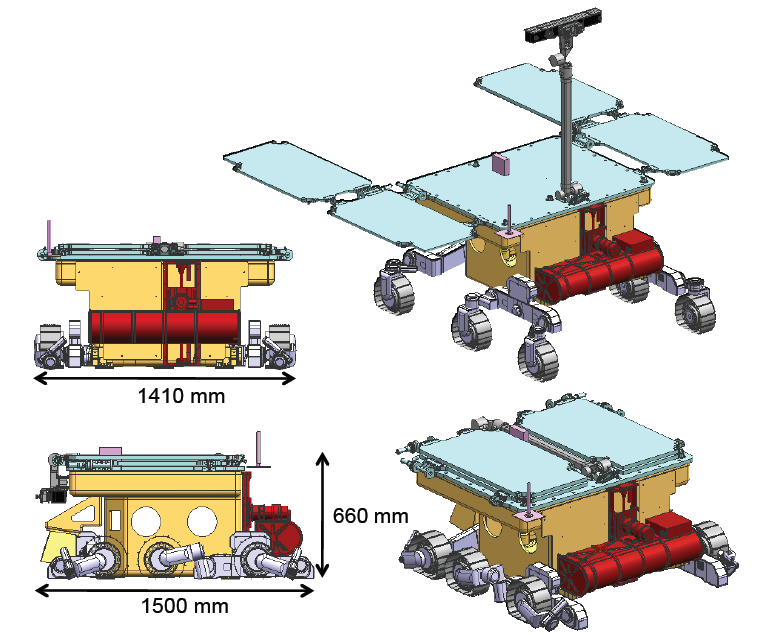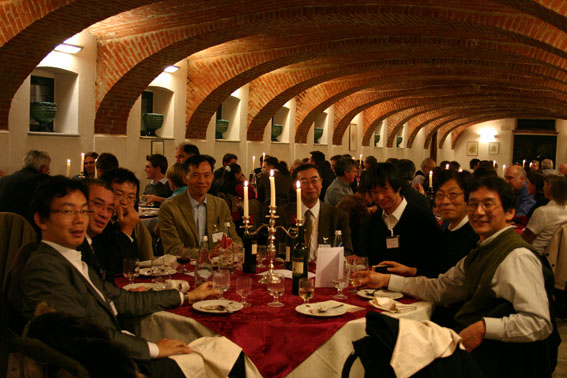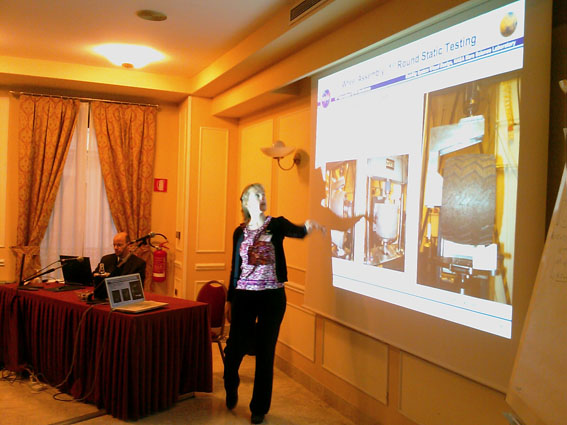Home archive 2022-06-30
11th Asia-Pacific Regional Conference
September 26–28, 2022
Harbin, China
» Conference Site «
Our international conferences form an amazing legacy since our first meeting in 1962 in Turin, Italy. The International Society for Terrain-Vehicle Systems today is a connected group of collaborative professionals from industry, universities, and research institutions who have been meeting over five decades to share research findings.
The 11th Asia-Pacific Regional Conference of the ISTVS gives you the opportunity to exchange ideas and technical information on current and future research and technology developments in terramechanics and terrain/road-vehicle system dynamics, control, design, vetronics, artificial intelligence, autonomous and unmanned vehicle systems, field and planetary exploration robots, digital-twin, and Industry 4.0.
The conference is currently planned as an in-person or hybrid event in Harbin, China, as conditions permit. The format of the conference may shift to online if needed. You will have chances to participate in keynote presentations and conference sessions and can conduct academic exchanges with other participants in relevant fields.
Topics
Terramechanics, locomotion, and soil/terrain modeling
Recent accomplishments in terramechanics research and education
Locomotion systems
Soil and terrain modeling and characterization
Advances in mobility, energy efficiency, ground vehicle dynamics, and high-fidelity simulation
Agricultural, forestry, construction equipment, and machinery
Mobile robotics for ground applications, planetary exploration, and other environments
Design/control, sensing/actuation in cyber-physical systems for vehicle dynamics and mobility
Innovative system designs for terrain and road-vehicle applications
Application of artificial intelligence to vehicles
Prof. Liang Ding
Conference Chair
Harbin Institute of Technology
Schedule // updated 2022-05-13
March 01 Call for Submissions
April 30 Registration opens
May 15 May 31 Abstract submissions due
May 30 June 25 Notices of abstract acceptance
June 30 July 20 Full paper submissions due
July 31 Reviews returned to the authors
July 31 August 20 Early bird registrations closes
August 15 August 20 Revised full paper submissions due
August 31 September 20 Presentation prerecordings due
September 26–28 Conference
Join the Society
“Participation in ISTVS has been instrumental in connecting with colleagues from all over the world.”
Become a part of a tradition since 1962 of sharing and fostering advanced knowledge for terrain-vehicle systems with our small and very international membership.
“It’s a great time to be a terramechanics engineer”
International Society for Terrain-Vehicle Systems provides its members with information on the latest technological developments in the field and access to the larger community.
ISTVS Newswire
ISTVS Themes
Agricultural, earth-moving, and operating machinery
Agricultural, earth-moving and operating machinery in broad sense represent the majority of the civil off-road vehicles and a relevant industrial sector in both developed and emerging countries. The soil interaction of these machines plays a fundamental role in defining their characteristics, and features a peculiar need to compromise opposite needs: working the soil (i.e. taking it beyond its resistance limit) with a minimum energy consumption and at the same time being able to transfer to the soil the maximum tractive effort (i.e. taking it slightly below its resistance limit). This performance must be reached with a minimum soil disturbance.
The quest for the best compromise possible is made even more difficult by the constraints given by the soil knowledge and condition variability, by the limitation of the available power from the prime mover and by the constraints in the machine layout given by its operation.
The combination of constraints and needs generates a highly interdisciplinary field of application, where soil mechanics, automotive engineering, fluid power, electronics and control systems intersect to each other creating one of the most challenging arenas for the ISTVS community.
Environment
Trafficability is today one of honor words in ISTVS as a development of the works done on mobility that was previously one of the main topics of the society. Off-road working machinery may cause severe soil and water disturbance. Any kind of soil disturbance means usually that energy dissipation is used for changing the soil under the running gear and ways to avoid soil disturbance at off-road traffic is one of the increasing important topics for R&D in ISTVS. Energy (fuel) spent for the mobility of a vehicle should be used mainly for propelling the vehicle. Efficient wheel/track interaction with ground with high traction but less soil disturbance means also that the whole transmission chain from engine to the ground must be further scrutinized to decrease the demand of energy input including new ways to power the off-road vehicle. For uneven off-road conditions it may also include efficient steering and suspension to make the ground contact smooth both for the ground, machine and the operator of the machine.
The machine may not leak oil products and if it cannot be completely avoided, the oil products must be degradable. This is especially important when working in environment where water/vegetation can be contaminated. All operations in sensitive sites and near water must be done with great care and good ways to decrease impact must be promoted.
It may seem to be an easy task but considering the economic benefits with bigger machinery may have compared to smaller machines doing a certain work, the machines tends always to become bigger and the ground disturbance seems to be on similar level as before. What is better with one heavy passage compared to many small? Thus, improvements have been done but the design and concepts for mobility are mainly the same. Where are the new concepts for good grip and decreased rolling resistance and reduced fuel consumption?
Planetary rovers, mobile robotics, and autonomous navigation
Robotic vehicles expand the design envelope for mobility systems compared with traditional vehicles in that they are often associated with smaller vehicle sizes, unique chassis & drive train configurations, and autonomous control & navigation. Design concerns consequently differ in emphasis from crewed vehicles, typically in the following aspects: there exists less historical performance data; simulation tools are less well validated; there is usually limited on-board energy, and thus high efficiency is required; scale effects exist with respect to terrain roughness & obstacles; immobility completely defeats a given mission (since human intervention is usually not permitted); and, finally, control algorithms can greatly affect mobility performance.
Several planetary rover missions are currently prepared by various space agencies – with both NASA and the European Space Agency (ESA) working on near-term rover missions to Mars following the successful NASA Mars Pathfinder and Mars Exploration Rover missions, and Japan and China studying lunar rover missions for flight within the next 5 years.
Terrain characterization and evaluation
A means of characterizing the surface material is needed to predict off-road vehicle performance, trafficability, and soil deformation (compaction and rutting) that results from vehicle passage. Predictive models calculate the forces developed between the wheels or tracks and the terrain surface and generally assume the surface material is a well-behaved continuum (perhaps a bold assumption). Each model may require different material properties as input, and although many different methods of material characterization exist, none is universally adequate. The same is true of the predictive models. It is of the utmost importance that the strength characterization technique satisfies the need for the information and be suitable for the terrain material in question.
Vehicle-terrain (soil, snow/ice, sand) interaction
Terrain includes the material that comprises the terrain (soil, vegetation) as well as the geometry of the terrain surface (topography). The ability of the terrain to support and provide traction for vehicle operation is called trafficability. In trafficability studies, the emphasis is on the interaction between the vehicle and the surface material, whereas mobility considers the entire effects of the terrain, including obstacles and topography, on vehicle operation.






